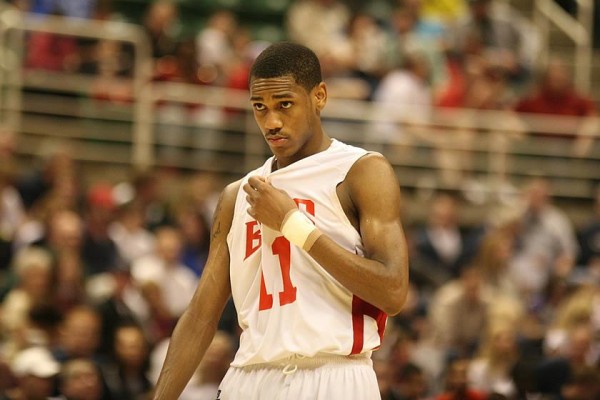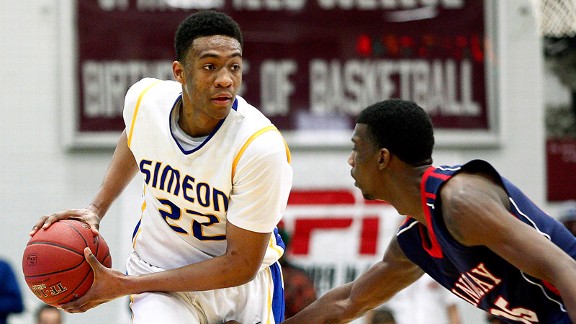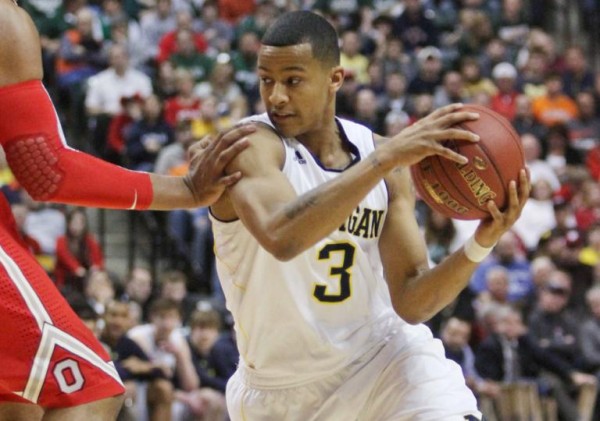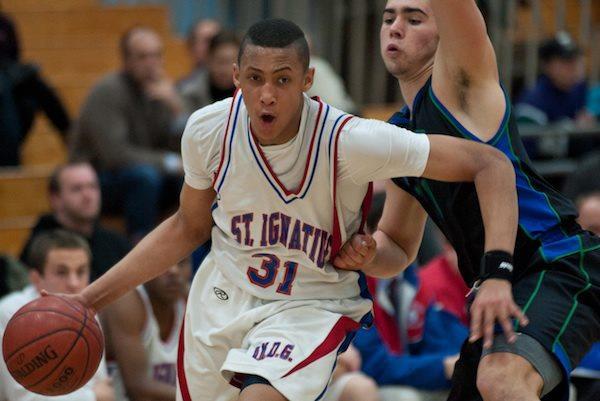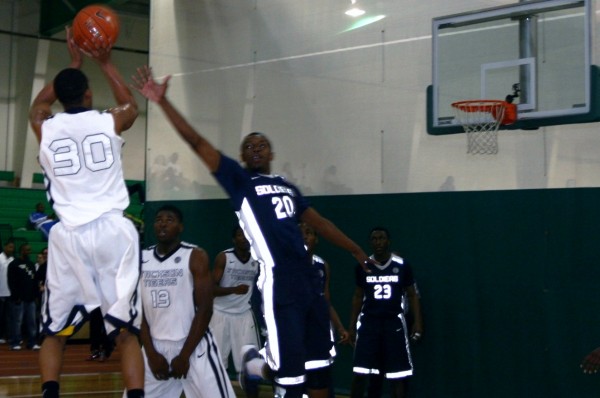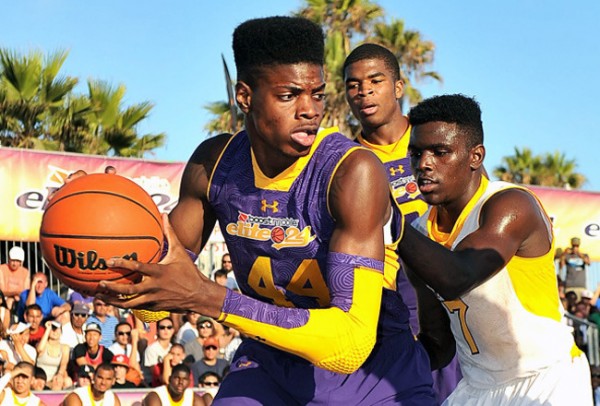Tom Crean’s Twitter Mistake Reflects Poorly on New Digital Recruiting Freedoms
Posted by Chris Johnson on August 6th, 2012Christopher Johnson is an RTC columnist. He can be reached @ChrisDJohnsonn
In response to an increasing number of maddeningly trivial secondary NCAA violations and a widespread rise in the use of smartphone-friendly forms of communication, the NCAA officially removed the coach-recruit digital contact barrier this June when its new cell phone-related recruiting rules went into effect. The new guidelines allow coaches to bombard players who have completed their sophomore year of high school with instantaneous messaging services such as texting, emailing and Twitter direct messaging. Coaches and assistants long rued the seemingly inane restrictions limiting today’s most efficient and instant forms of communication. Fewer contact controls will facilitate more frequent communication while eliminating the ever-present fear of committing a menial rule-break. Coaches can now rest easy knowing their digitized messages will safely reach a recruit’s inbox without having to regret pressing send. The result: A distinctly modernized recruiting world with streamlined communication and a newfound safeguard from the constant threat of an unsuspecting NCAA bylaw wreaking its retributive justice. The new rules makes life easier on the NCAA, too, as the organization no longer has to spend countless hours monitoring the flow of cell phone communication between coaches and recruits.
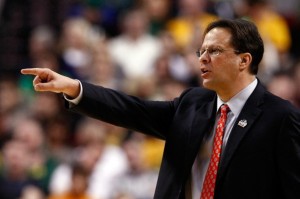
The NCAA’s new regulations allow coaches to reach recruits instantly with smartphone communication (Photo courtesy Jonathan Ferrey/Getty Images).
For the players, the long-term implications of the new contact protocol aren’t quite as rosy. Coaches that for years had wielded a restricted range of communication devices — and restricted usage on those devices — can now reach their desired prospects with the simple push of a button. The means and power to reach recruits now lies in the palm of their hands. Eliminating letters and unofficial visits in favor of texts and emails seems like a pretty fair deal for both sides, provided coaches don’t abuse their expanded degrees of communicative freedom. And therein lies the problem. In a hyper-competitive recruiting market, where coaches work tirelessly to land top high school talents, recruits can be overwhelmed by a barrage of texts and emails. Building a strong bond between player and coach is an integral aspect to any successful recruiting pitch. Now that coaches can make those connections with a few clicks on their handheld device, excessive contact is inevitable.
On Friday, Indiana coach Tom Crean provided a glimpse of what goes into the Division I college hoops recruiting pitch and brought to light another potential downside to the new guidelines. Here’s the tweet that appeared on Crean’s public feed:
“I am doing great. I have been thinking about you alot since last weekend. A whole lot. How are you doing?”





























